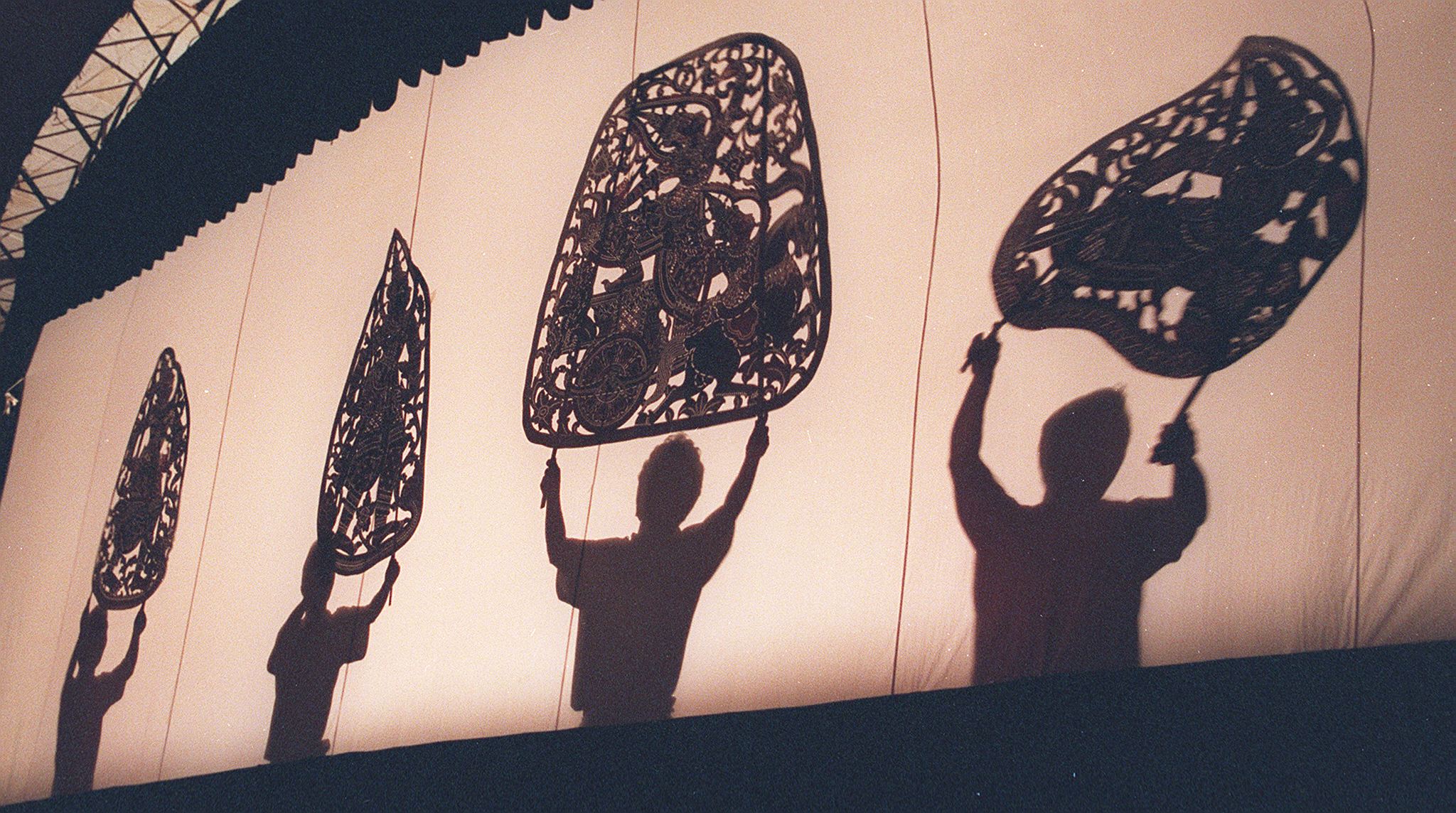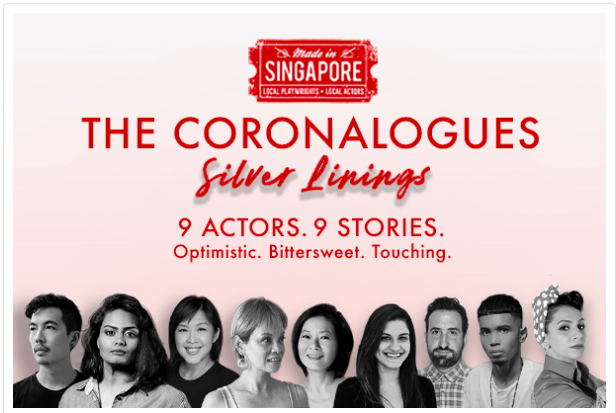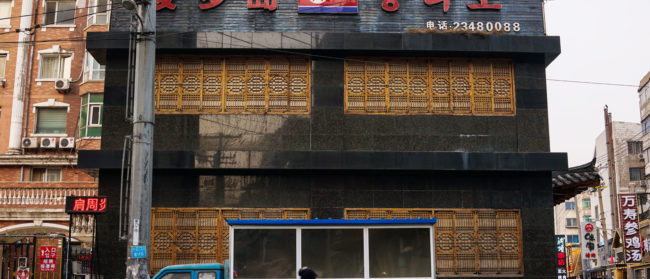The value of the arts is a topic that has endured long-standing debate. It has faced contemplations by figures ranging from Plato and Oscar Wilde who posed arguments about art’s ability to mimic life, to contemporary artists like The Beatles whose influential music prompted reflections on the democratisation of art to the masses.
Today, given our pandemic reality, the discourse surrounding the value of art has become even more pertinent.
Undeniably, the arts have found new ways to dominate our lives during Covid-19, even if in unexpected ways. Around the world, museums have shifted their galleries online to provide virtual tours of hallowed halls and timeless works of art in a bid to continue the legacy of knowledge sharing despite physical restrictions imposed by lockdowns.
Musicians have turned to live streaming to host concerts and provide much-needed relief during a period wrought with anxiety. Even face masks, once viewed solely as clinical equipment, have been turned into contemporary fashion statements boasting bold prints and intricate designs meant to reflect the mastery of needlework.
In Southeast Asia, the pandemic has underscored the significance and pervasiveness of the arts in society. Despite the cancellation or postponement of events like the Bangkok Art Book Fair 2020, Art Moments Jakarta and Singapore International Festival of Arts 2020, art has continued to make its waves in the virtual realm.
The crucial value of the arts during a crisis
In Malaysia, comic artists like Nixon Siow (@nixonsiow) and J&Y Productions (@thepotatocouple) continue to upload animated drawings reflecting the realities of the pandemic on Instagram, which have drawn attention from large audiences from all around the world.
In response to some of their cartoons and comics, comments like “why is this so relatable” and “this is literally me” abound, a clear testament to the artists’ success in highlighting the realities that many have encountered during Covid-19.

In disruptive times like these, art has not only captured the likeness of life, but also provided a means for people from various circles to bond over commonalities that shape the human experience. Experiences ranging from more serious topics like grappling with the stress induced from juggling both work and childcare at home, to more humorous ones like getting annoyed at a quarantine partner who has turned mischievous pranks into their newfound hobby, are common across families, communities and nationalities.
Beyond this, however, concerns surrounding the fate of various art industries that have been dealt great economic blows as a result of the pandemic have also prompted broader questions on culture and heritage preservation.
For instance, the shadow puppet industry in Cambodia, which had been in an already vulnerable state prior to the health crisis, has seen a swift decline in revenue, particularly given that tourists comprise a large proportion of their audience.
This has evoked uncertainty regarding the future of the country’s shadow puppet tradition, which dates back to the 7th century and has been cardinal in shaping parts of the country’s cultural history.

Vietnamese artist Le Duc Hiep created posters carrying emphatic messages stressing the need to stay home. Interestingly, these posters incorporated aesthetics and designs that were reminiscent of propaganda from the communist state
As we take stock of our beliefs and evaluate how we ought to progress as societies, it is also important not to overlook the value that art provides in policy-making, which has become all the more essential in dealing with the global crisis.
In a piece titled Rhyme And Reason: What Poetry And Policy Have In Common, prominent Singaporean poet and civil servant Theophilus Kwek wrote, “Though poetry and policy can each seem distant from daily experience … [they share] qualities which if better understood might help us to appreciate the roles they play in our public sphere.”
Most saliently, Kwek asserted that poetry and policy are both collaborative in nature – poems often aim to build on pre-existing ideas and nuance them, and policies are produced by diverse individuals who work together to develop one another’s ideas.
In the context of a crisis, recognising the parallels between the arts and the art of governance is especially important given the fragility of current circumstances. Not only could gaining a grasp of the intention and spirit that underpins each work of art lend insight into policy-making, but the arts also open our eyes to new interpretations and possibilities through collaborative practices.
In fact, the arts wield the dual power of rallying communities towards achieving a common political goal, and potentially engendering fissures by exposing the underbelly of life in seemingly picture-perfect societies.
In the face of the pandemic, Vietnamese artist Le Duc Hiep created posters carrying emphatic messages stressing the need to stay home. Interestingly, these posters incorporated aesthetics and designs that were reminiscent of propaganda from the communist state – the author shared in an interview with The Guardian that this was intentional as he wanted the poster to invoke “patriotic emotions” within the populace in hopes of encouraging them to associate self-isolation with fulfilling their civic duty to their nation.

Many have attributed some of Vietnam’s success in curbing the coronavirus to the power of art, in that posters like the ones created by Le have galvanised the public to treat the pandemic seriously and play their part by acting responsibly.
Yet the portraits painted in other societies cannot be said to be as collectively rousing or rosy. The arts have also cast a light on shadows that have long lingered in many communities.
In The Singapore Repertory Theatre’s The Coronalogues, a series of monologues about life during Covid-19, the issues of domestic abuse and inequality were addressed. Though imagined, these monologues provided a glimpse of reality in Singapore, where the number of reports associated with family violence has seen a surge by 22% compared with the pre-circuit breaker monthly average.

Similarly, poetry written by migrant workers in Singapore has brought issues concerning xenophobia and discrimination that affect this marginalised community to the fore, while underlining the need for discussions on how to build a more equal and inclusive society.
By exposing the unfiltered truth, the arts which originally aim to provoke thought and reflection can also usher in vitriol that further divides society along racial, class and economic lines. But it simultaneously offers room for empathy and understanding, for constructive debate and progress.
Do we consume more art during a crisis?
We may not be conscious of it, but art has arguably become more pervasive in our lives now than ever before. If anything, this pandemic has given many of us the time and excuse to consume art.
In the hustle of life, the consumption of art ranging from what is often considered ‘high-brow’, such as classical music and ballet, to more ‘accessible’ forms like pop music and graffiti, is often cast aside in favour of more ‘productive’ activities. Art has frequently been touted as an unaffordable luxury, after all.
Yet with stay-at-home guidelines and limited available opportunities for recreation, many have turned to watching films, listening to music, or even dabbling in activities like embroidery to find reprieve and respite. It is no wonder that Netflix has seen an increase in 15.8 million subscribers from January to March with predictions of further growth in the coming months, while Spotify has gained six million subscribers in the first quarter of this year alone.
The ubiquity of art consumption has only further highlighted its importance as a coping mechanism, particularly in the face of the unprecedented Covid-19 pandemic. More importantly, however, is that while the arts contain a great amount of social, cultural and political value, harnessing the full extent of its powers remains in our hands.
Art is more than an imitation of life. It is a mirror, a canvas, and an encyclopedia all at once. It aims to challenge and champion for change. These reasons alone should be sufficient in justifying why we ought to value and patronise the arts, especially during a time when we need it most.
Ashley Tan is a Singaporean student currently pursuing an undergraduate dual degree between Columbia University in the US and the Paris Institute of Political Studies in France. In her spare time, she serves as a judge for The Queen’s Commonwealth Essay Competition and mentors young writers for Write the World.


